Yesterday marked the beginning of Crawfish Closed Season in The Bahamas.
Remember, from April 1 to July 31, it’s illegal to fish, possess, kill or sell crawfish (i.e., Caribbean spiny lobster).
.jpg)
Crawfish are widely distributed within The Bahamas, Bermuda, the west Indies and South Florida. Unlike the American lobster, our spiny lobsters lack large pinching claws and a rigid fantail. Instead, they boast long whiplike antennae and forward-projecting spines on the front portion of their carapaces.
These national treasures are also one of the most important commercial fisheries in The Bahamas. More than 4 million pounds of crawfish valued at $47 million were landed in 2018 alone, according to a recent Ministry of Agriculture and Marine Resources report.
Notably, crawfish mate and spawn during the warm summer months. That’s why it’s crucial we leave these beloved crustaceans alone during the Closed Season and give them time to replenish their population numbers.
Please remind your friends and family not to buy or eat crawfish during this time. Your actions today mean we’ll have more crawfish in the long run!
Dive deeper.
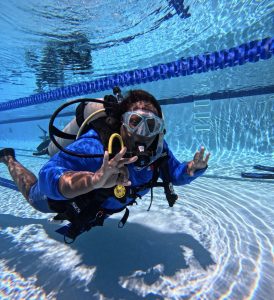
PIMS and Disney Conservation Fund Partner to Train 19 Government Divers
PIMS dive training in Nassau strengthened national coral restoration capacity across government agencies. Bahamas Dive Training Builds National Coral Restoration Capacity Last fall, between the months of September and October,
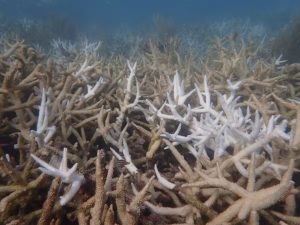
Florida’s Coral Reef Crossed a Line: What Functional Extinction Really Means for Elkhorn and Staghorn Corals
Reefs didn’t just bleach. They functionally vanished in one summer. A new Science study co-authored by researchers from the Perry Institute for Marine Science (PIMS) has found that Florida’s two
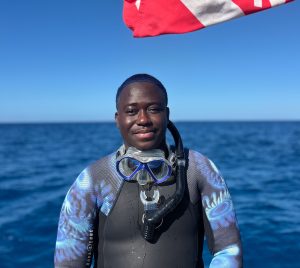
Q&A: Understanding the IDC Course at PIMS with Duran Mitchell
A former aquarist turned coral conservationist, Duran is passionate about understanding how all marine life connects. PIMS & IDC: Empowering New Dive Instructors for Marine Conservation PIMS & IDC: Empowering
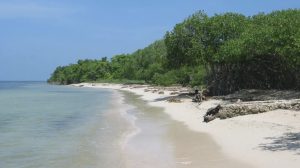
Forbes Shines a Spotlight on Coral Reef Restoration in the Caribbean
When Forbes highlights coral reef restoration, it signals something powerful: the world is paying attention to the urgent fight to protect reefs. And solutions are within reach. Recently, Forbes featured Dr. Valeria
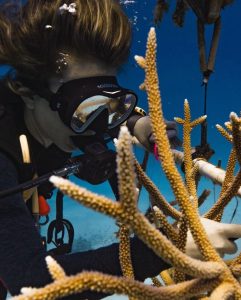
New Reef Rescue Diver Course: Volunteer in Coral Reef Restoration Abroad
Coral reefs are often called the rainforests of the sea—complex ecosystems that shelter a quarter of all marine life, feed millions of people, protect coastlines from storms, and attract travelers
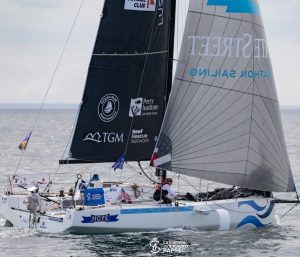
PIMS & RRN Partner with Erica Lush in La Solitaire du Figaro
Racing for Resilience: PIMS & RRN Partner with Erica Lush in La Solitaire du Figaro From coral nurseries to Europe’s hardest solo offshore race; why our science belongs at sea.



